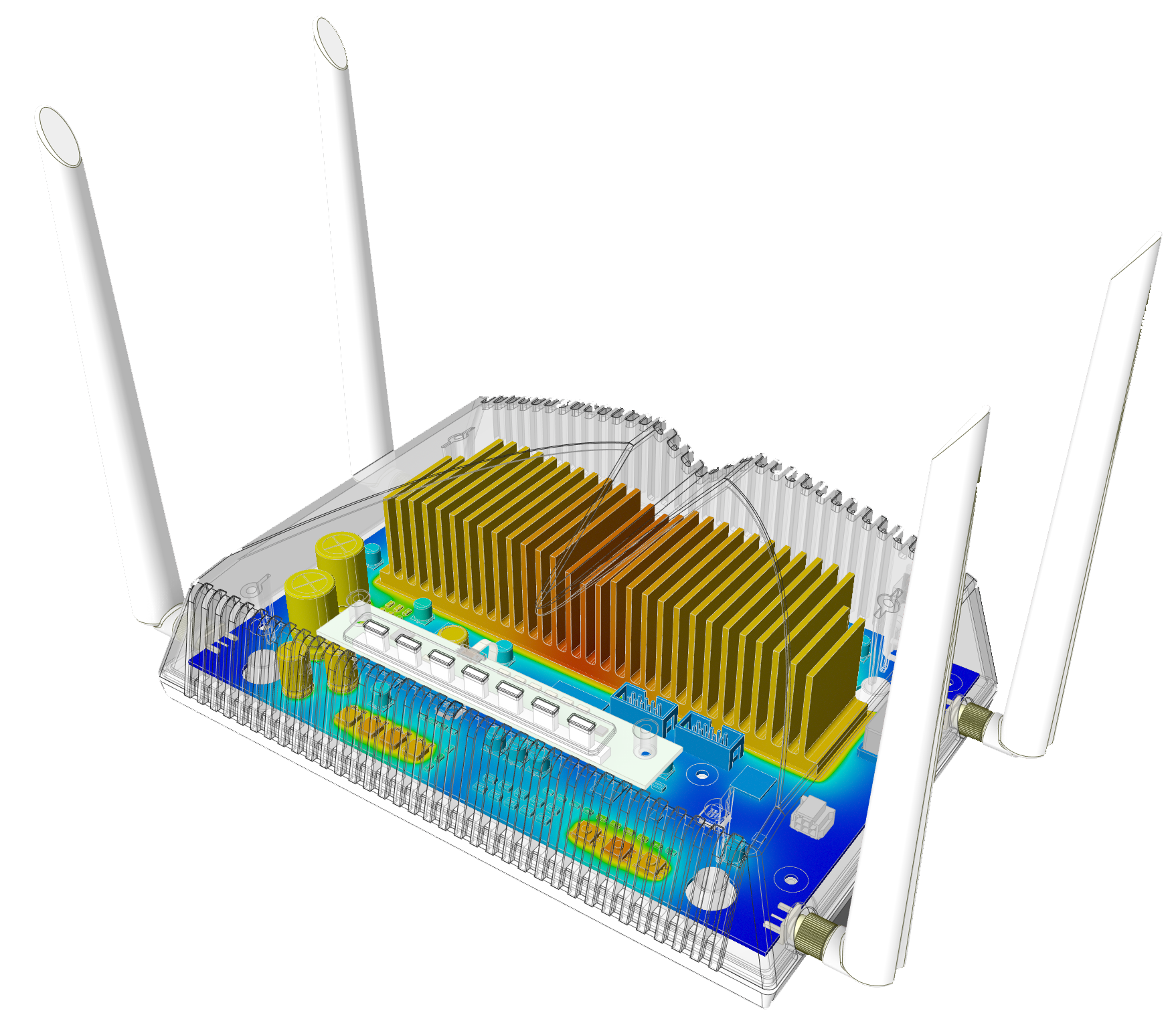❗1ST PRIZE WINNER❗ 🏆
AERODYNAMIC PERFORMANCE INVESTIGATION OF ROCKET AIR BRAKES
ZOLTÁN HAFNER

The goal of the study was to investigate the effect of air brakes on the aerodynamic performance of sounding rockets. Air Brakes are a set of radially deployed plates that generate additional drag, thus decelerating the rocket.
❗2ND PRIZE WINNER❗ 🏆
IMPACT OF VORTEX RINGS
ANTAL GERGELY KÁTAI

The aim was to create a model that could reliably reproduce the formation, progression, and impact of vortex rings. In foreign research on similar topics, usually a DNA model is used, in this thesis I wanted to achieve a good result using a RANS model.
❗3RD PRIZE WINNER❗ 🏆
TRACK-BRIDGE INTERACTION FOR STEEL RAILWAY BRIDGES
DÁNIEL LÁSZLÓ JOÓ

The aim of the thesis was to investigate the damping potential of using ballast track for bridges, as a large percentage
of our train paths were built using this method, but the current Eurocode does not currently consider the potential
positive effect of this. If the effect of attenuation is significant, a large percentage of our tracks could continue to be used intact.
FEM ANALYSIS OF OVERCORING MEASUREMENTS IN ROCKS
DÁVID BORZA
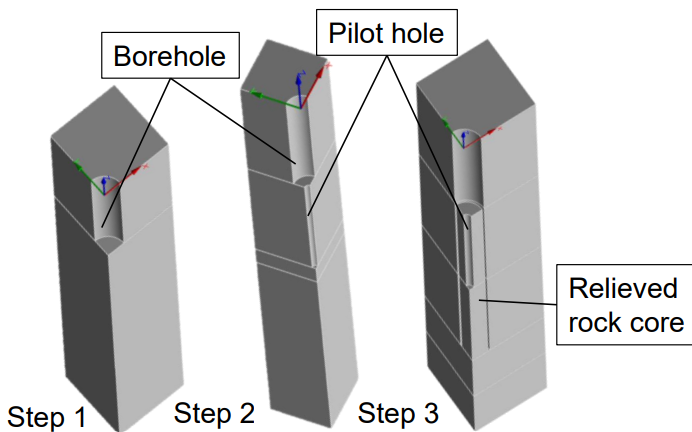
The aim of the analysis is to determine the accuracy of
the overcoring technique by simulating the 3 steps of the
measurement. Additionally, based on the simulation results, I examined how the accuracy of the estimations depends on the
location of the gauge in the pilot hole.
ANALYSIS OF THE PIPING SUPPORTING STRUCTURE IN A BOILER PLANT
BOZO DAMJANOCIS

This investigation aims to show the possibilities of using different finite element types and to see what kind of possible
impact those elements will have on similar structures. The analysis focuses on the stress and displacement examined on a structure that supports the piping system for the
boiler feedwater supply within a thermal power plant.
SIMULATION OF ROOF PANEL MADE FROM FIBER-REINFORCED CONCRETE
VIKTOR FÁBIÁN

Numerical modeling and experimental testing.
Investigation of the load-bearing capacity of a roof panel made from fiber-reinforced
concrete using ANSYS Mechanical software.
TESTING LAVAL NOZZLES
ZOLTÁN JÓNÁS
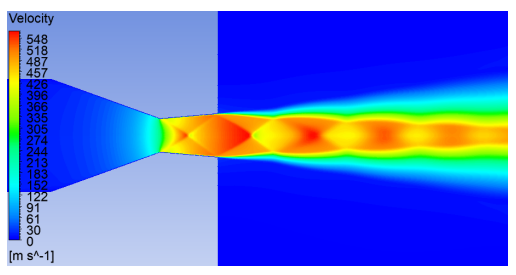
The work aims to familiarise the nozzles used in rockets: their operation, geometry, material, and manufacture and to carry out a simulation by describing the program. The simulation aims to demonstrate the physical phenomena and to support all the theories mathematically.
SHIP RUDDER SIMULATION
LEVENTE KALMÁR

Objectives: to design the stiffening structure of a rudder of a 34-foot sailing vessel with a given geometry, to simulate the flow, and to use this data to create a mechanics simulation.
CRANKSHAFT LUBRICATION
ZALÁN ZSOLT PATAKI
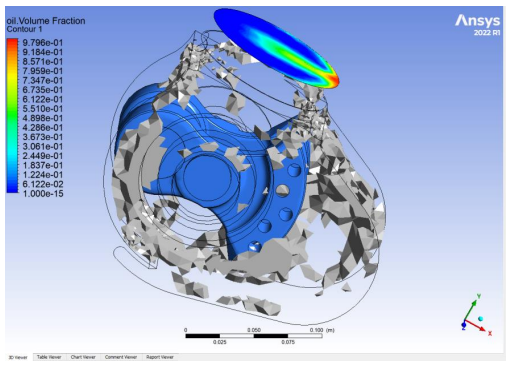
The goal of the project was to determine the flow of the oil inside the engine
block. The crankshaft was specially designed, but it didn’t work over 5000 rpm. I made a multiphase Ansys CFX simulation.
FINITE ELEMENT MODELLING OF CONTINUOUS FIBER–REINFORCED
COMPOSITES PRODUCED BY AUTOMATED MANUFACTURING
BENCE SZEDERKÉNYI
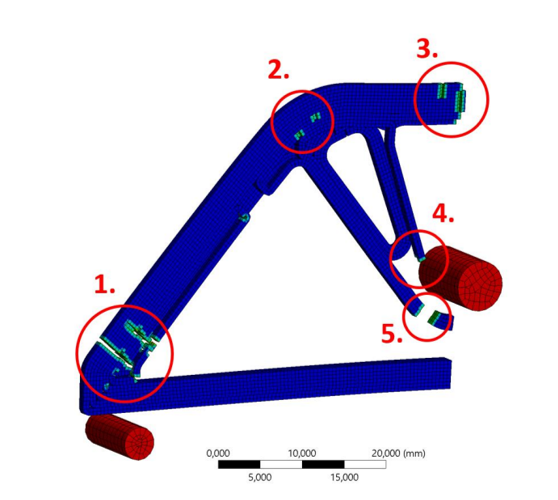
In this project, I aimed to develop a procedure for structural analysis based on finite element methods (FEM) for 3D printed, continuous fiber-reinforced composites, Including the modelling of progressive failure mechanisms, like the gradual damage of fiber bundles and interlayer delamination processes.
ECOMOBIL VEHICLE COMPOSITE STRUCTURE INSERTS BEHAVIOR AND MODELING
BARNABÁS SCHEIDLER
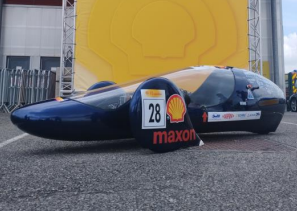
Comparison of measurements data with simulation results.
Aim of the work: Shell Eco-Marathon vehicle composite sandwich structure modelling and examination of inserts used in it.
